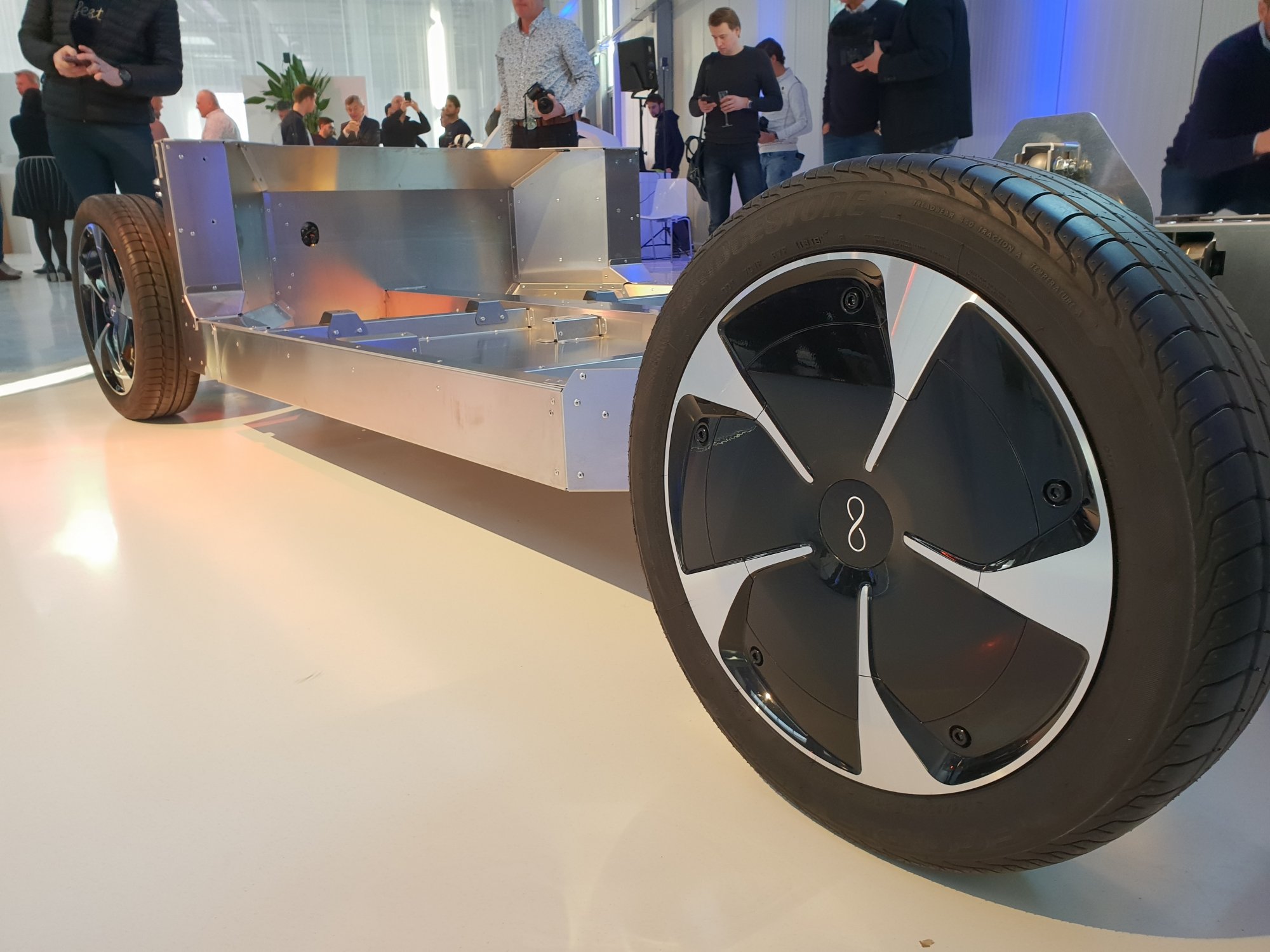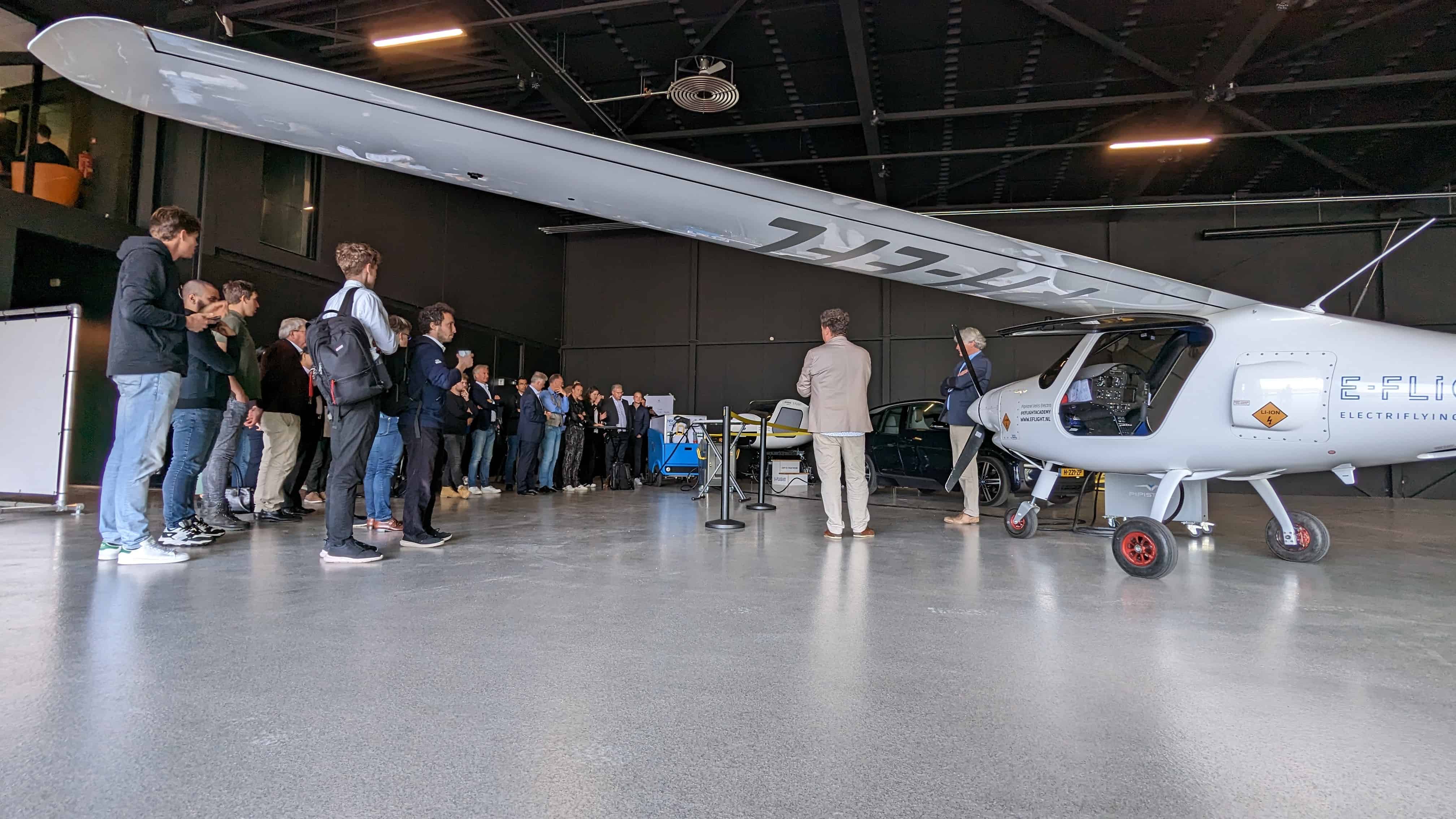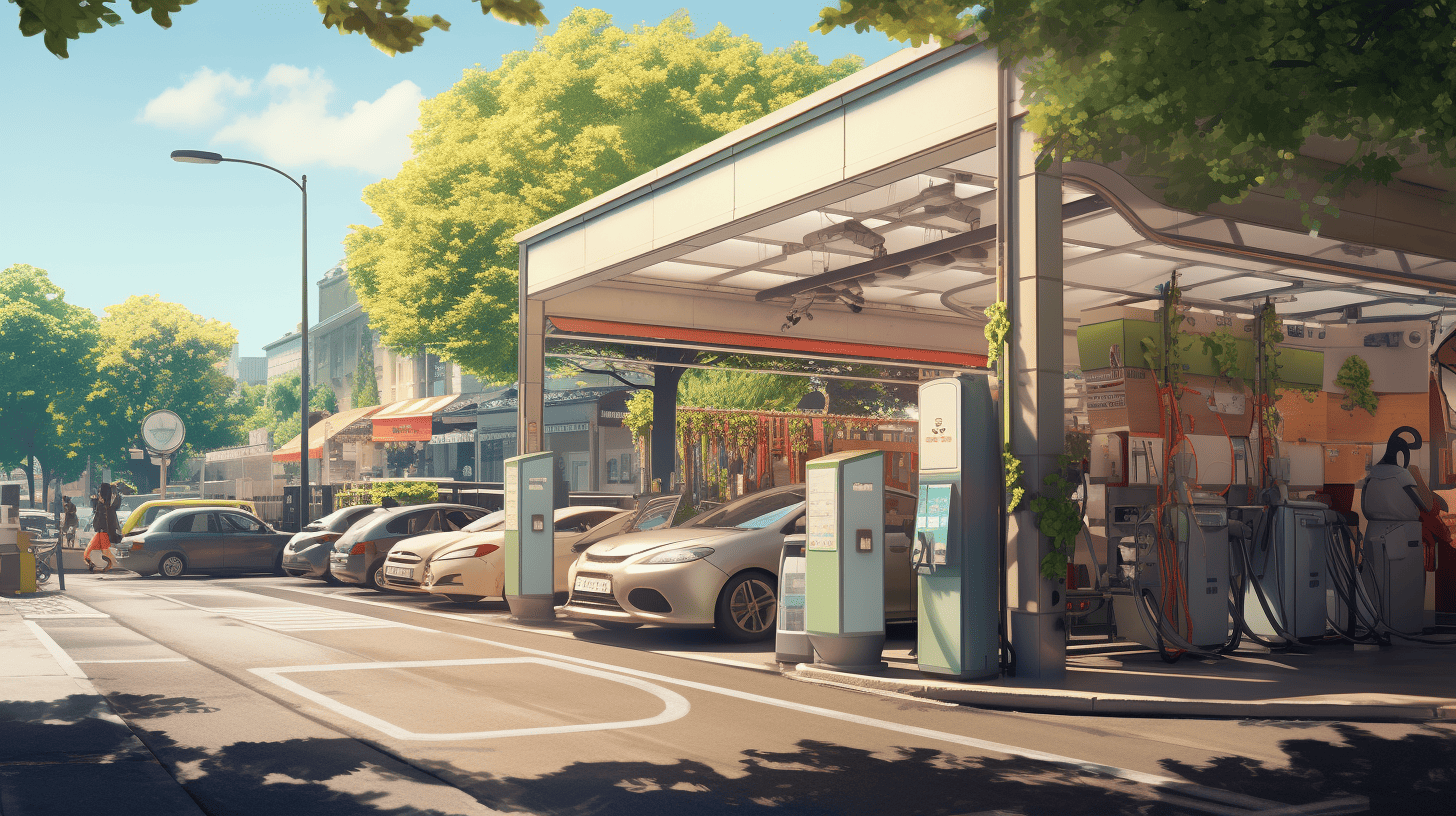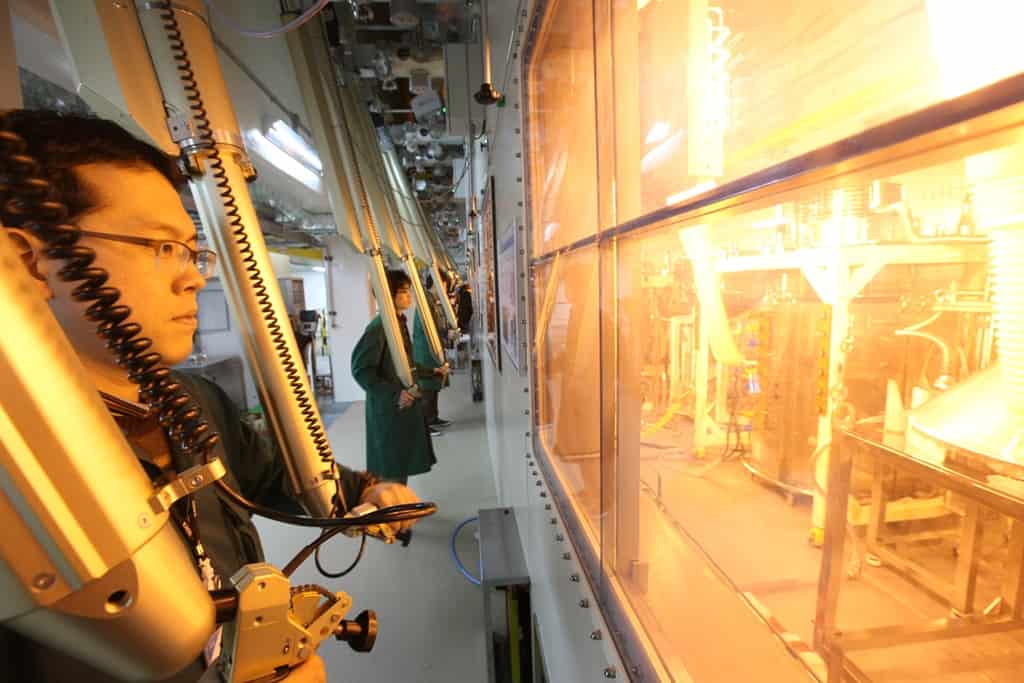
In a brand-new factory hall on the Automotive Campus in Helmond, the production of the first Lightyear One will start. The fast-growing car manufacturer is certainly ready for it, but how will the company ensure that the production of the car runs smoothly? What are the specifications of the car? And what is the company’s vision for the future? A conversation with Lightyear’s Chief Marketing and Sales, Tessie Hartjes.
[learn_more caption=”Details and specifications Lightyear One”]
- Drive: four electric motors with an as yet unknown power
- Weight: 1250kg
- Charging possibilities: the sun, normal sockets and quick chargers
- Activity range: 800km
- Price at purchase: €119,000 exclusive of VAT
- Leasing costs: €1,946 per month
[/learn_more]
In 2020 on the road
In the summer of 2019 Lightyear wants to be able to show the first mobile prototype. The first production models should be delivered to customers by the end of 2020. The exact specifications of the car are not yet fully known. “The weight will be around 1250 kilograms, and the range will be 800 kilometres,” says Hartjes. “First we build the prototypes, and we can still change a lot.”
Long-Term Plan
One thing is certain about the Lightyear One; it will certainly not be a cheap car. With a purchase price of € 119.000, excluding VAT, this car for the vast majority of people is not affordable. Still, Lightyear’s goal is to make a car that is affordable eventually. To achieve that, the company applies a similar strategy as Tesla: to produce an expensive car in small numbers, in order to be able to produce ever cheaper cars in larger numbers. “You can’t just take a car into mass production”, says Hartjes, “We develop many parts all by ourselves, so it takes a lot of time and money. Next year, we will already be putting people to work to develop our second car, which will cost half of the first one.” That car should be on the market in 2025, followed by a third car in 2030, which should cost even less.
Competition
Even though more and more manufacturers are announcing electric and even solar cars, Hartjes sees no direct competition. “Our car really is different. Instead of putting solar panels on an electric car, we build the car from scratch. We don’t have an extensive history that requires the car to use certain parts or have design elements that need to be incorporated. We have complete freedom to make the car as we like. This allows us to fully focus on making the car as efficient as possible.” And although the One will have the comfort that fits a car in that price range, it is not built as a luxury car. “We prefer to build a robust car that always works.”
Efficiency
Making the car as efficient as possible is very important for Lightyear, as the distance an electric car can travel is often seen as a big disadvantage. And with a range of 800 kilometres, users of the solar car should not be bothered by this. To achieve that, the company wants to make the car as light as possible, about 1250 kilograms. In comparison, the entry-level model of the Tesla Model S already weighs more than 2100 kilograms. Lightyear also wants to gain a lot by making the car as aerodynamically efficient as possible. The Lightyear One should be the most aerodynamic production car ever at launch. Also, the electric motors are placed in the wheels of the car, so there is no need for transmission. “This is a technology that has only been good enough for some years to be able to apply”, says Hartjes. “Because it is an emerging technology, the wheels are designed together with us and for us.”
Production
It is complicated to build a car manufacturer from the start, as the experiences and production problems of companies such as Faraday Future, Fisker and Tesla have shown. Still, Hartjes thinks that Lightyear will meet the deadlines. “We can also learn from what other companies have done wrong. Fisker and Faraday Future were direct competitors of Tesla; we are not. We have a Dutch approach, we start by producing small batches and don’t promise something that we can’t deliver.” To ensure that production runs smoothly, Lightyear has already hired several people with experience in producing cars. “So far we are properly on schedule”, says Hartjes.







